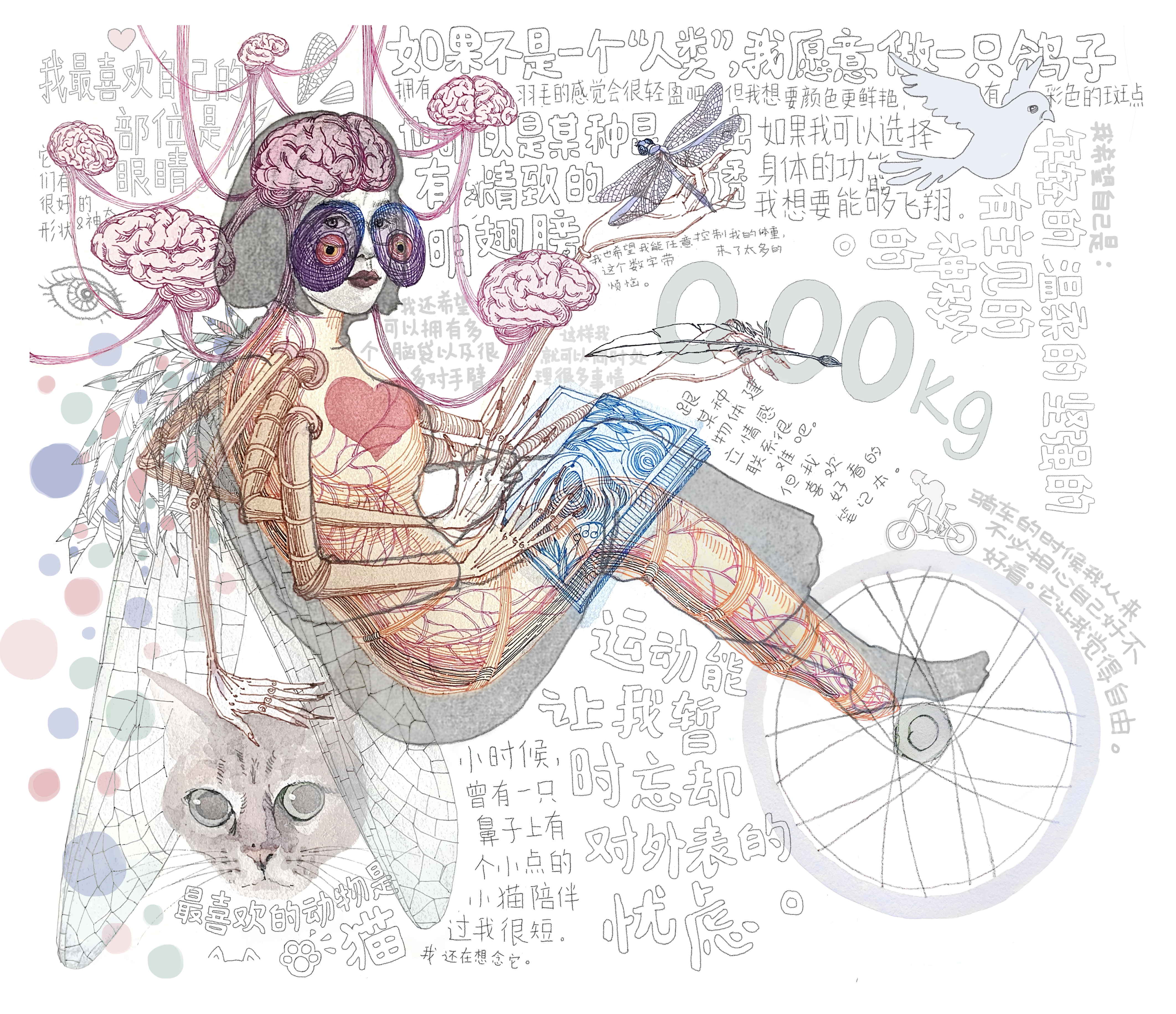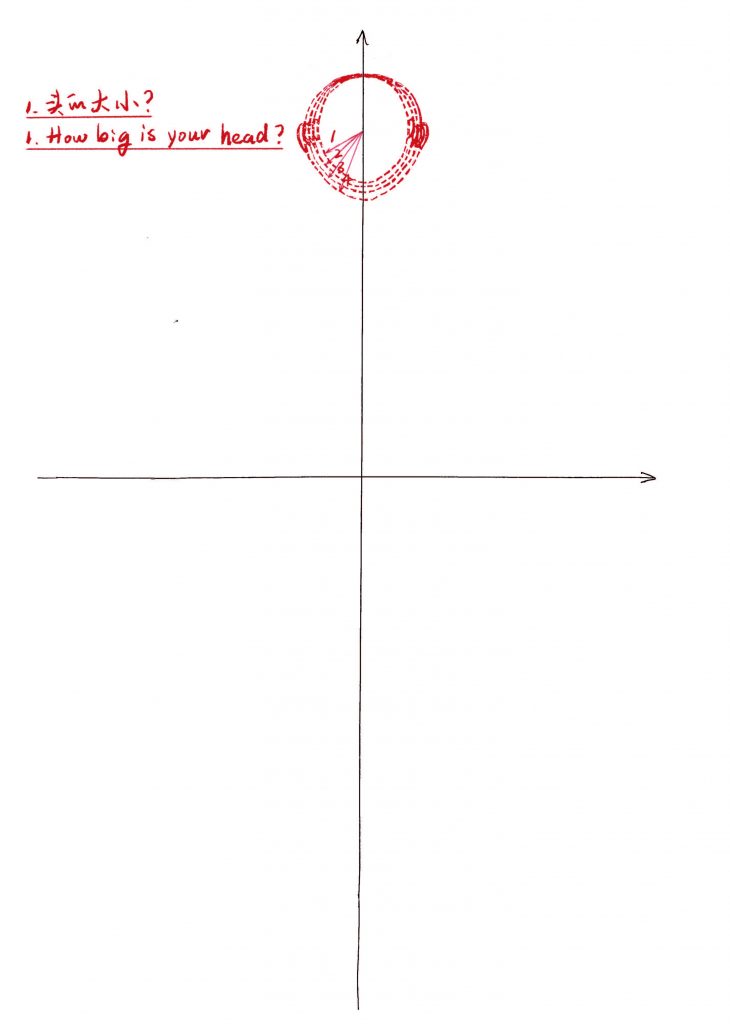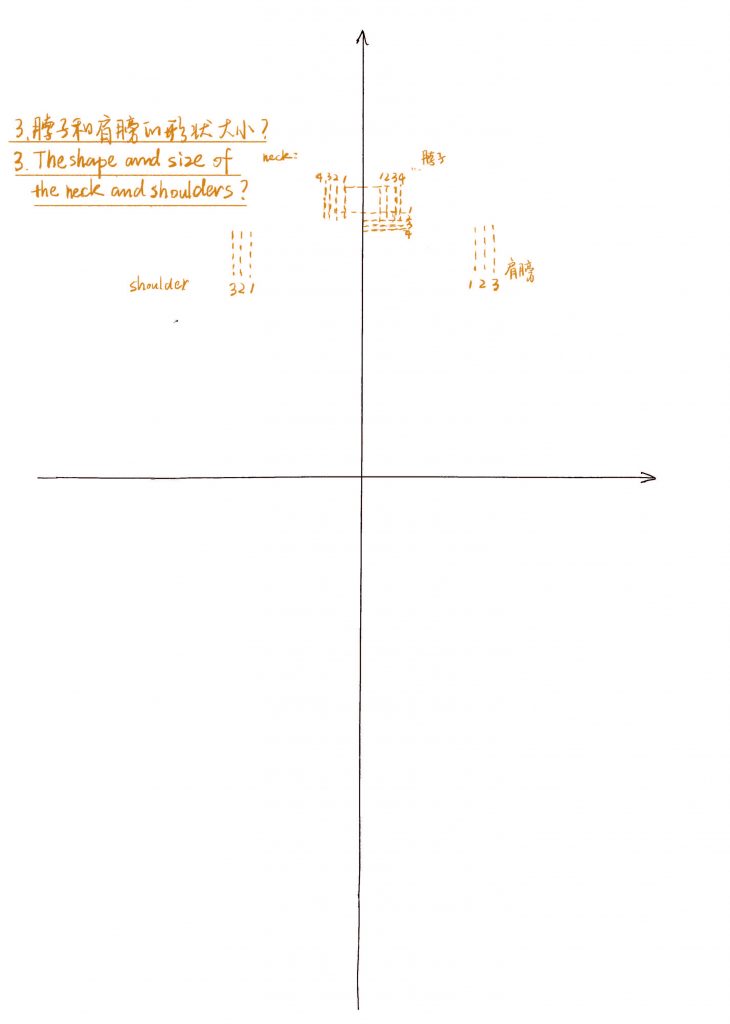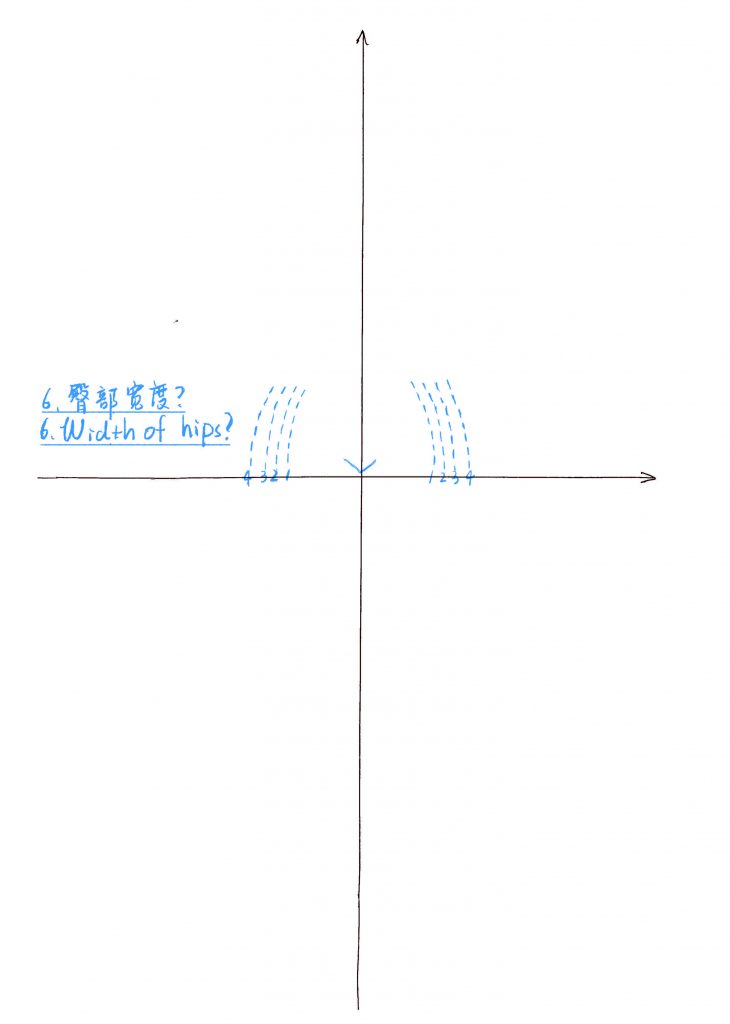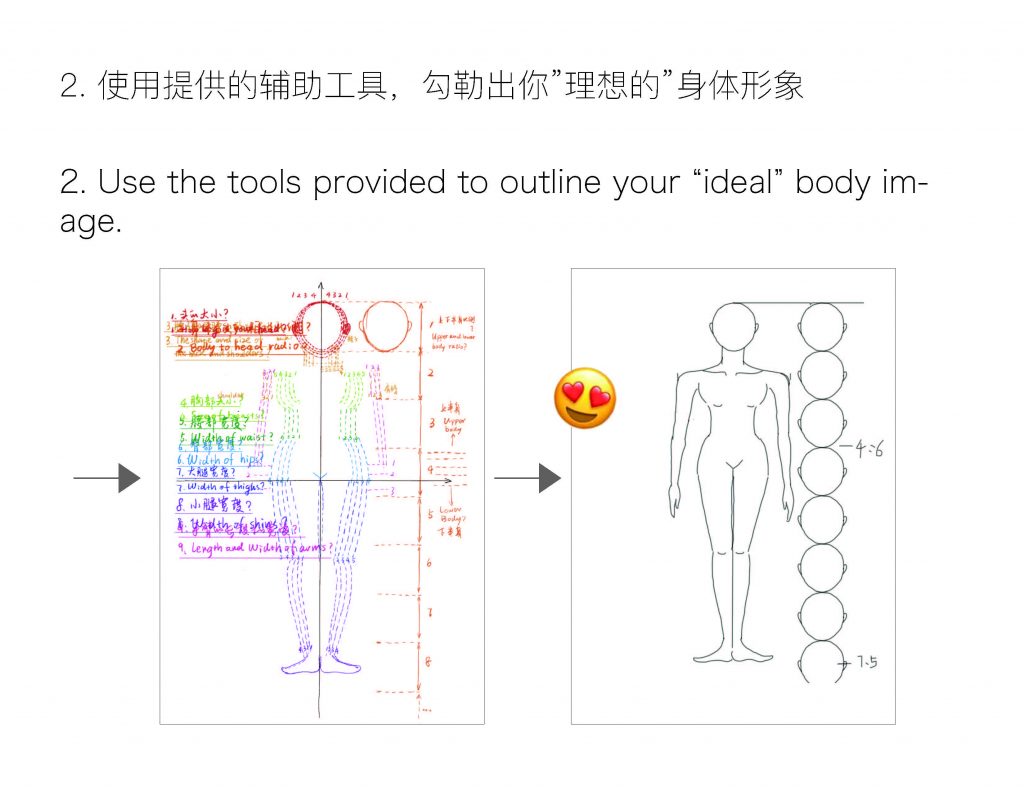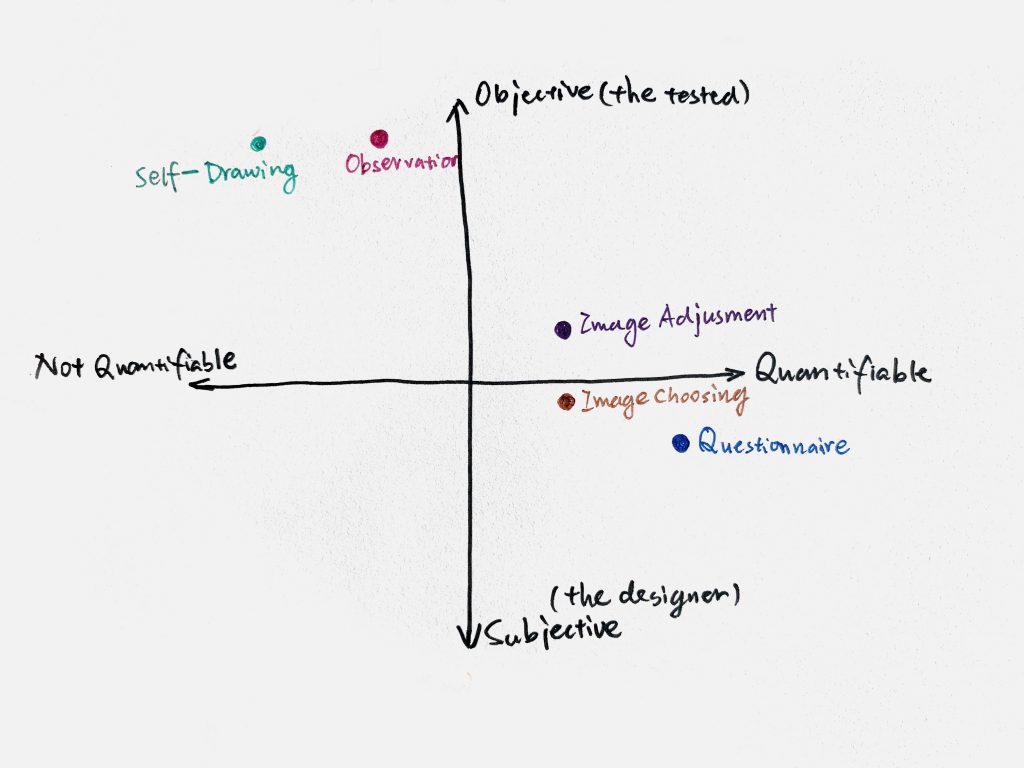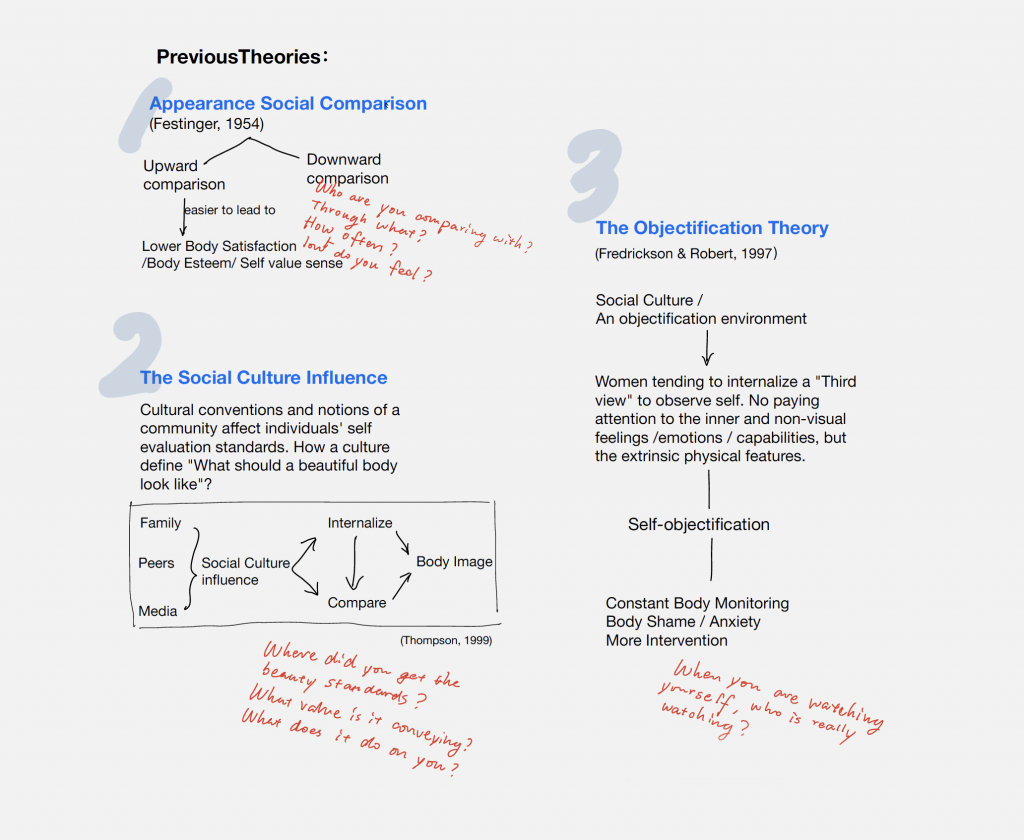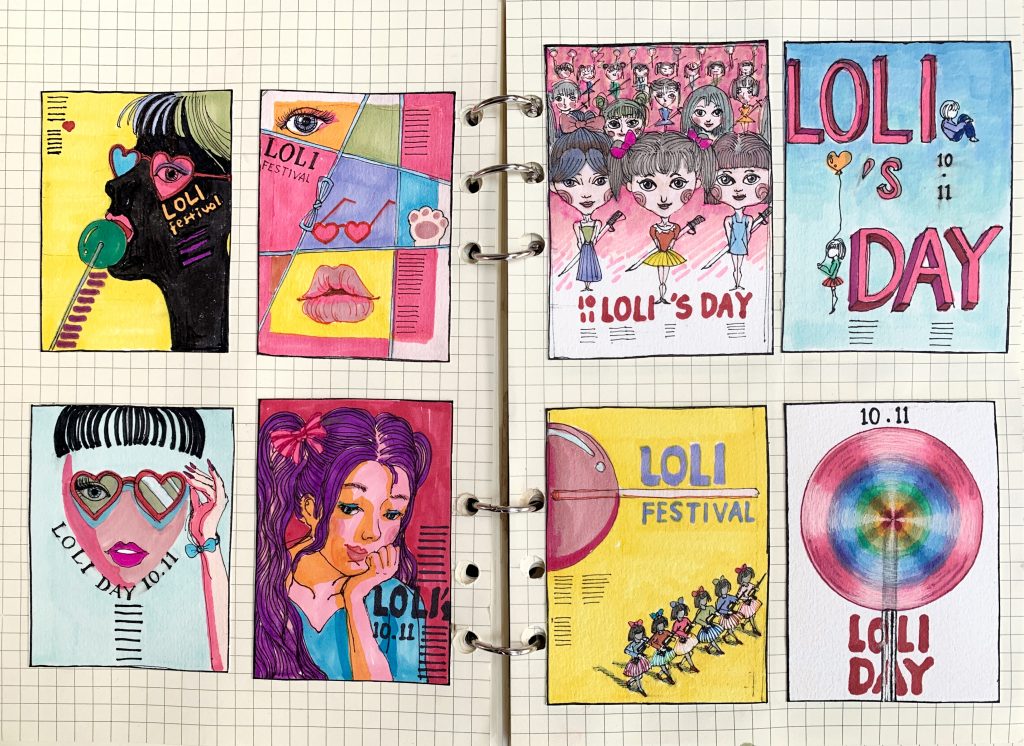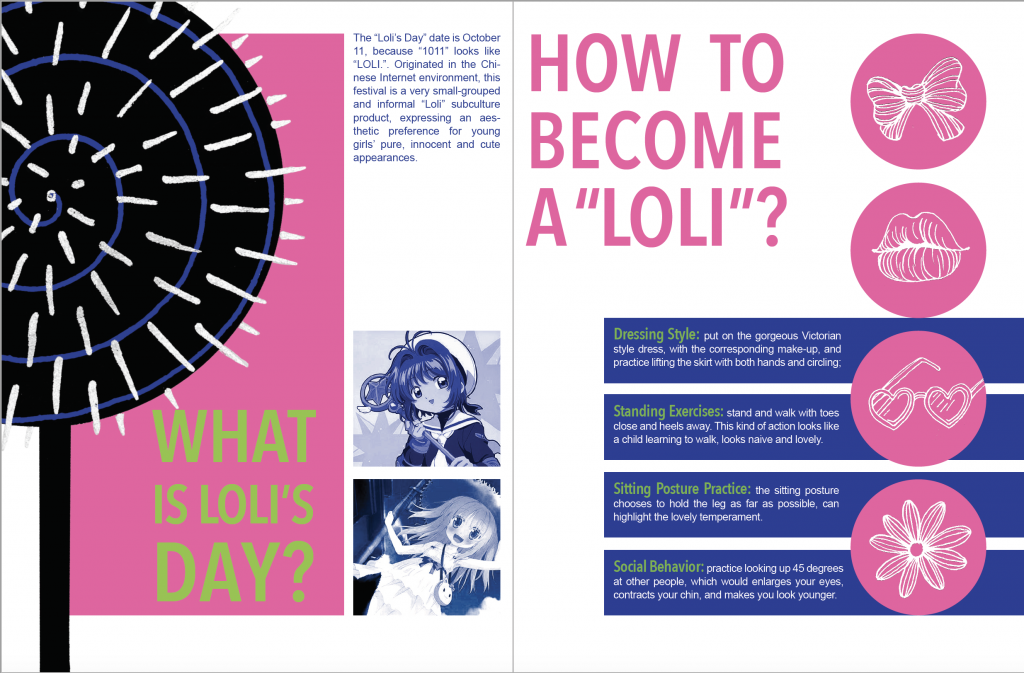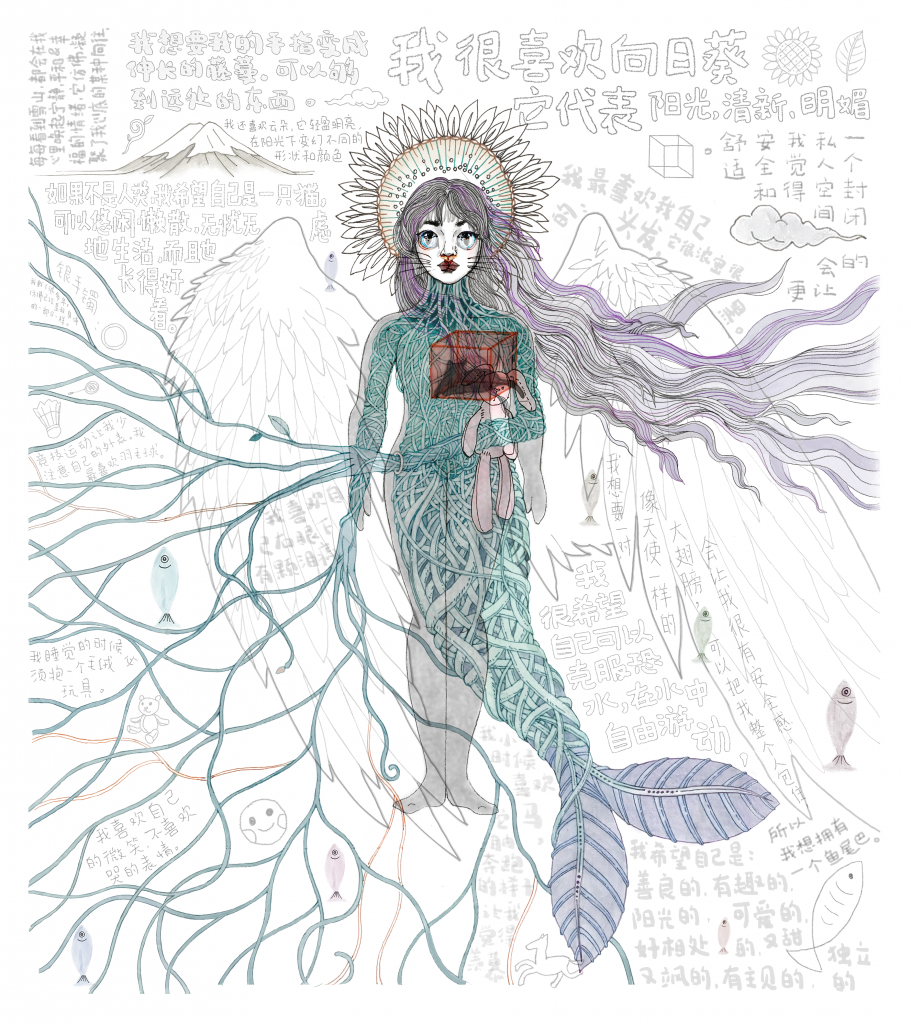
“If it’s not human, I wish I were a cat. I could live a leisurely and carefree life. The appearance of the cat is also very beautiful, with the big eyes and small face. Every time I see a snow mountain, it will evoke the mood of peace, happiness in my heart. It is just like the visual expression of some kind of inner yearning. I also like sunflower very much, it represents the sunshine, freshness and optimism. The clouds are very beautiful as well. They are light and bright, with different colors and shapes in the sun. When I was a child, I liked horses very much. I liked the illusion of free running.
I hope I can overcome my fear of water and swim freely in it, so maybe I can have a fish tail. If my fingers are vines that can be stretched freely, I can stay where I am and get what I want at any time, avoiding unnecessary tedious labor. If I can, I want an angel like big wings, which can wrap my whole person, so I will feel very safe.
I like my hair the best. It’s thick and dark. I have a silver bracelet that I’ve worn for many years, and it seems to be part of my body. I must sleep holding a stuffed toy, regardless of the specific image (elephant, cartoon donkey). I hope I am: kind, interesting, sunny, lovely, easy to get along with, sweet and cool, independent.”



